Operation Iron Swords: 2 months of war - Israel’s longest conflict since 2006 Lebanon War
Gaza War began on a holiday, will run through the holiday of Hanukkah, celebrating Jewish military victory

Operation Iron Swords began two months ago with the surprise Hamas invasion of southern Israel.
The attack took place on one of the holiest days in the rabbinic Jewish calendar, Simchat Torah, the celebration of the completion of the annual Torah reading cycle.
Unlike the Yom Kippur War, which took place just 50 years earlier and also occurred on a holy day on the Jewish calendar, Operation Iron Swords did not start as a conventional ground war.
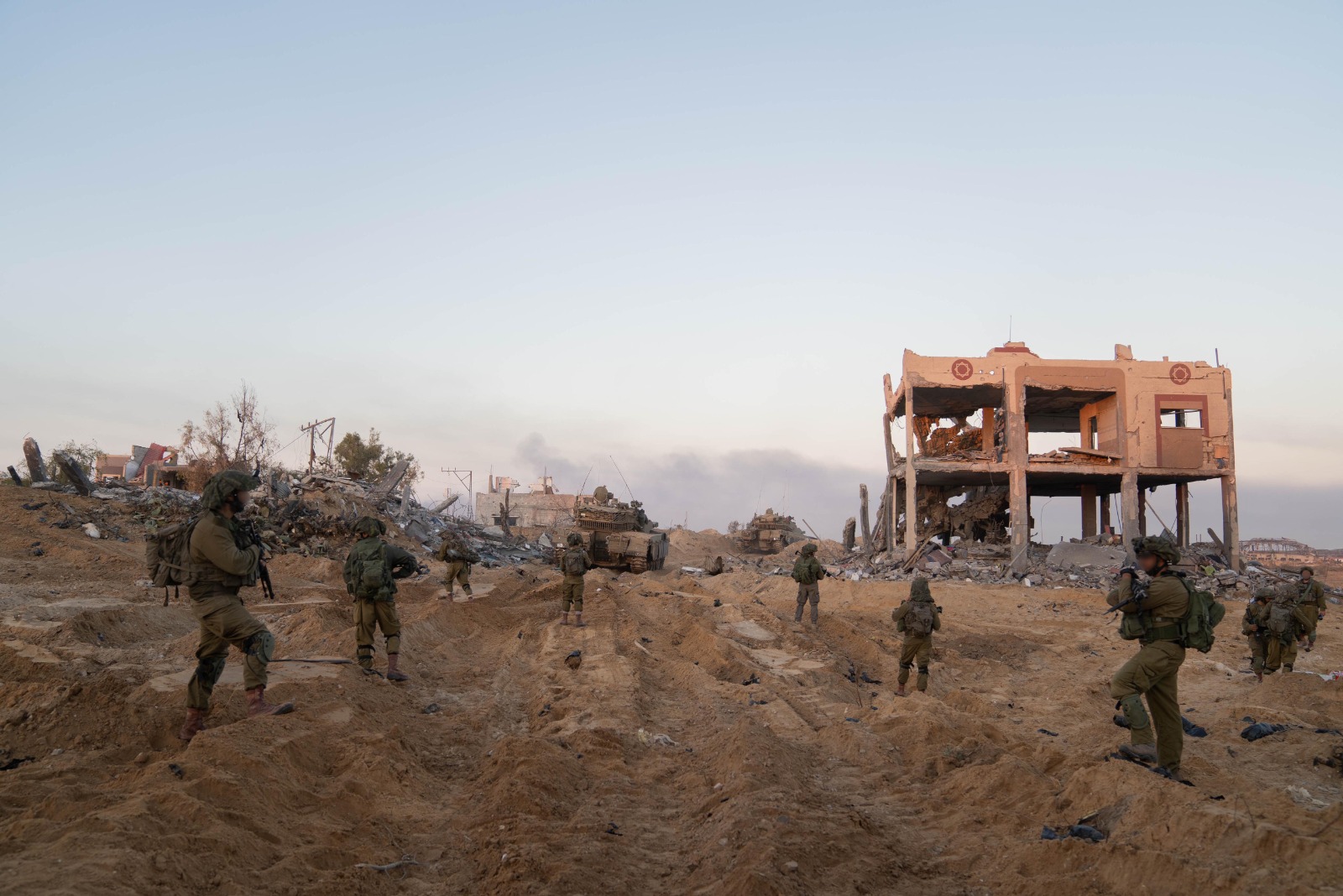
In the 1973 Yom Kippur War, Israel was attacked by conventional armies who aimed to create a multi-front conflict. However, the current Israel-Hamas war was started by a terror organization that has no desire to engage in conventional warfare.
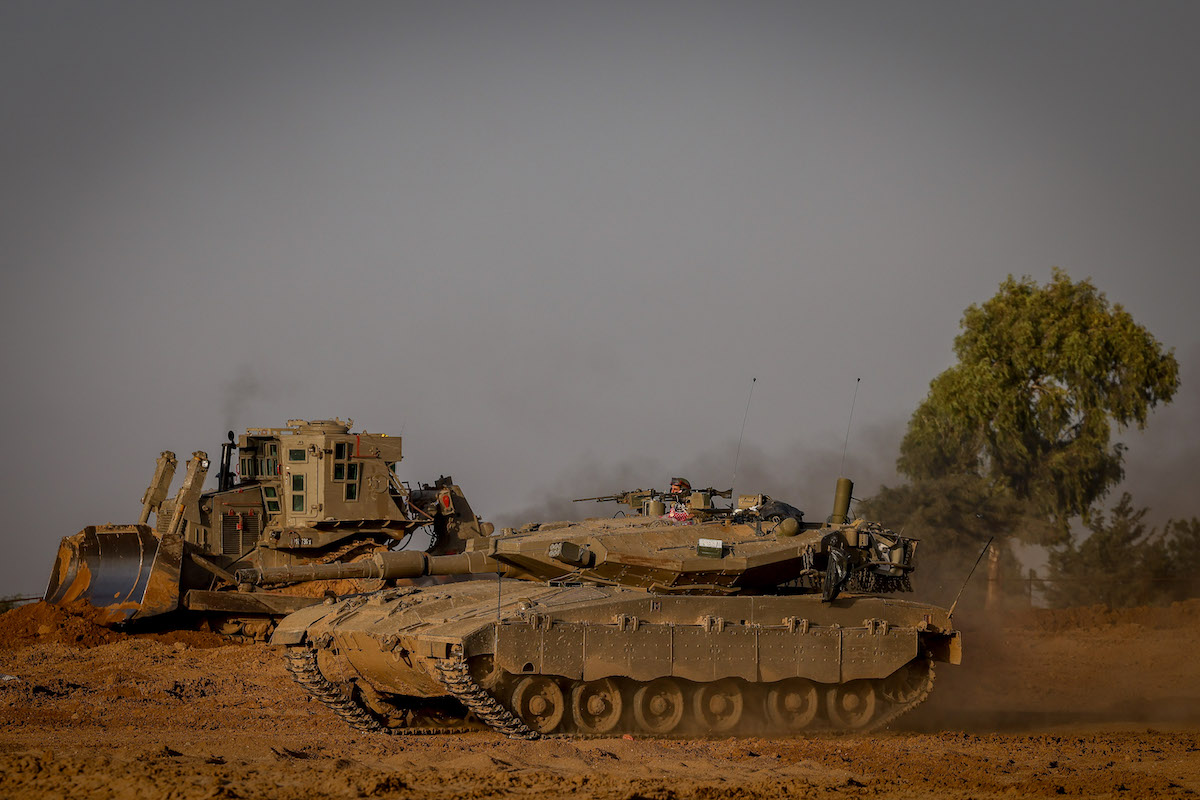
Israel's ground campaign in the Gaza Strip was delayed, as the IDF needed time to call up reserve fighters and train soldiers on the tactics of a ground invasion within the Gaza Strip, all during the process of preparing the ground via aerial bombardments.
While there have been previous ground invasions in Gaza, those usually followed a political strategy called “mowing the grass,” where the objective was not to eradicate Hamas and Palestinian Islamic Jihad (PIJ), but to severely restrict the terror groups' abilities to threaten Israel in an effort to “buy time.”
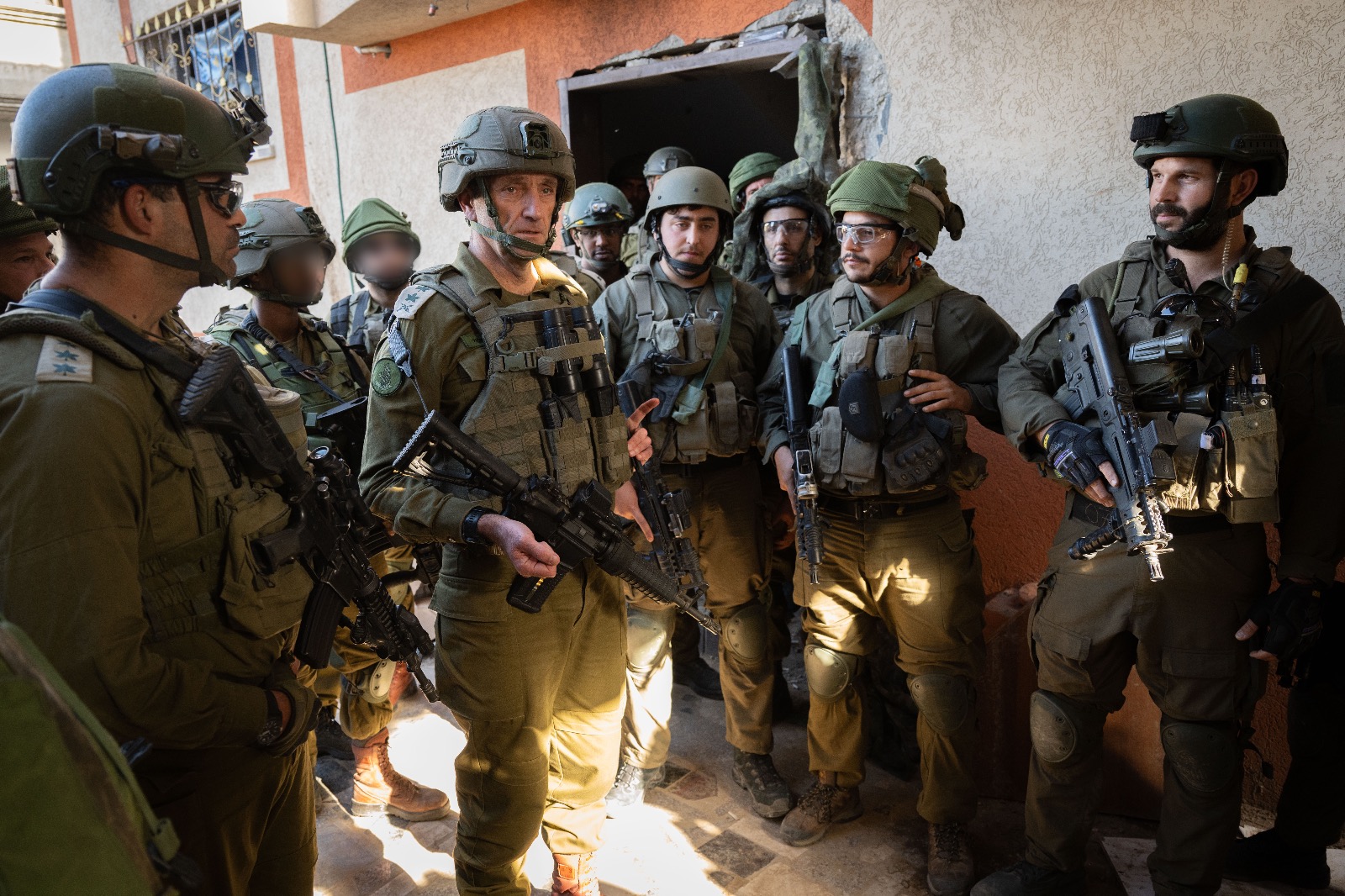
The current Israeli government, with broad public support, has set an objective to completely remove Hamas from political and military power in the Gaza Strip.
The difference between conventional and unconventional war, and the difference in each one's objectives, has led to a different type of war. While the Yom Kippur War lasted 34 days, and the Six-Day War of 1967 lasted only six days, the current conflict has gone on for 61 days so far, and could last well into 2024.
Only Israel's War of Independence (1948) and the First Lebanon War (1982) have lasted longer than the Iron Swords. However, the First Lebanon War did not have the same intensity as the war in Gaza, with over 10,000 rockets being launched into Israeli territory.
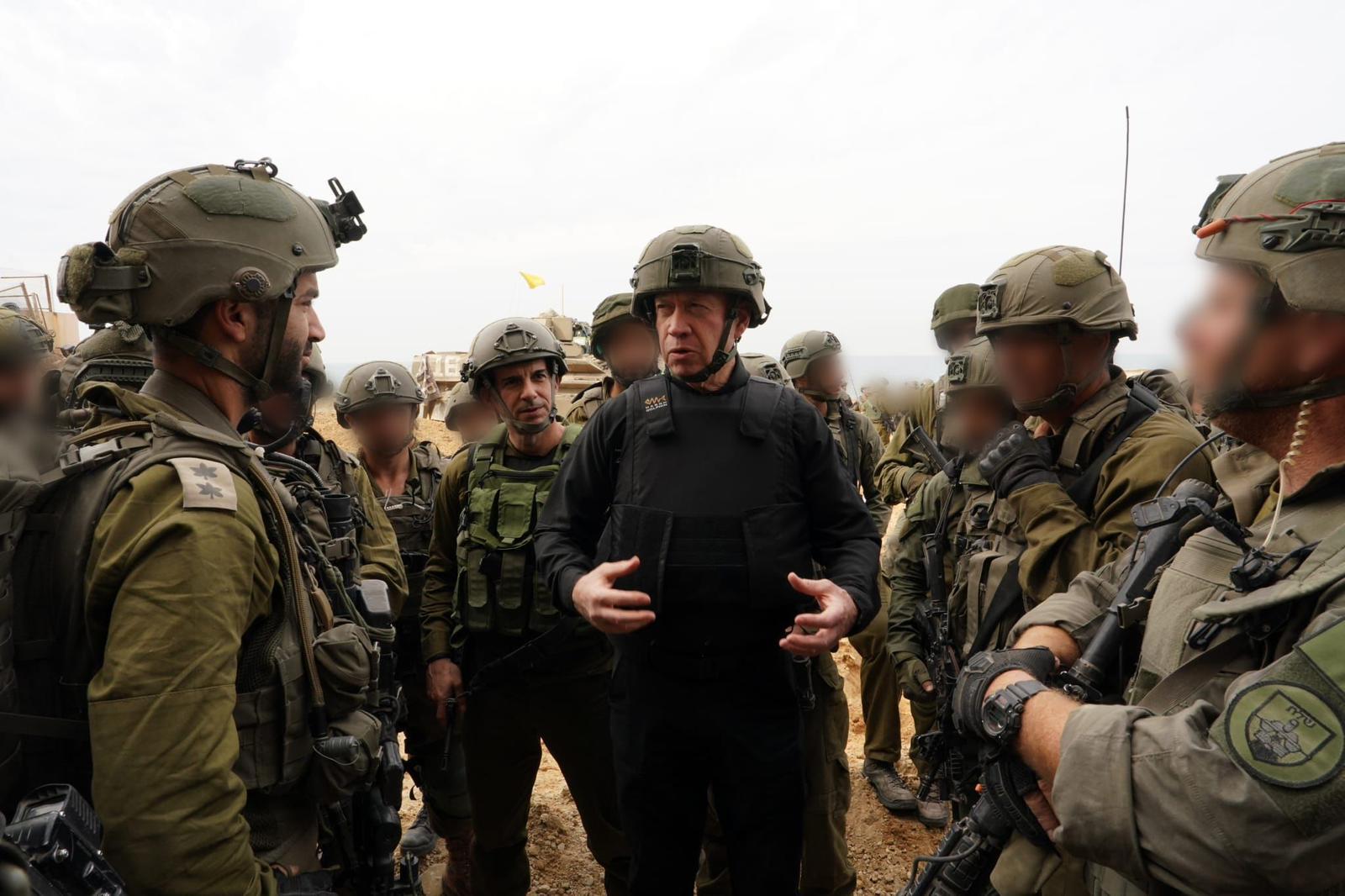
With the war officially set to crossover into a third month, here is an overview of after 61 days of conflict.
The first indication of the Hamas invasion began, as in previous conflicts, with a barrage of rockets from the Gaza Strip.
On Oct. 7, Hamas claimed to have launched 5,000 rockets at Israel. The IDF said they detected a little over 3,000 rockets launched towards Israel that day.
Since the start of the war, over 10,500 rocket launches from Gaza into Israeli territory were detected. The IDF estimates that around 11% of rockets in the current conflict fail to cross the border into Israeli territory and, instead, fall back into Gaza. This would indicate that some 1,100 rockets have fallen back into Gaza since the war began.

The official count of Israeli casualties is over 1,200, of which 411 are IDF soldiers and reservists. Most of the fatalities took place during the Hamas invasion and massacre on Oct. 7.
Approximately 90 IDF soldiers have been killed in combat since Israel's ground operations in Gaza began on Oct. 27.
Some 10,040 people have been wounded since Oct. 7 due to war, including both civilian and IDF injuries.
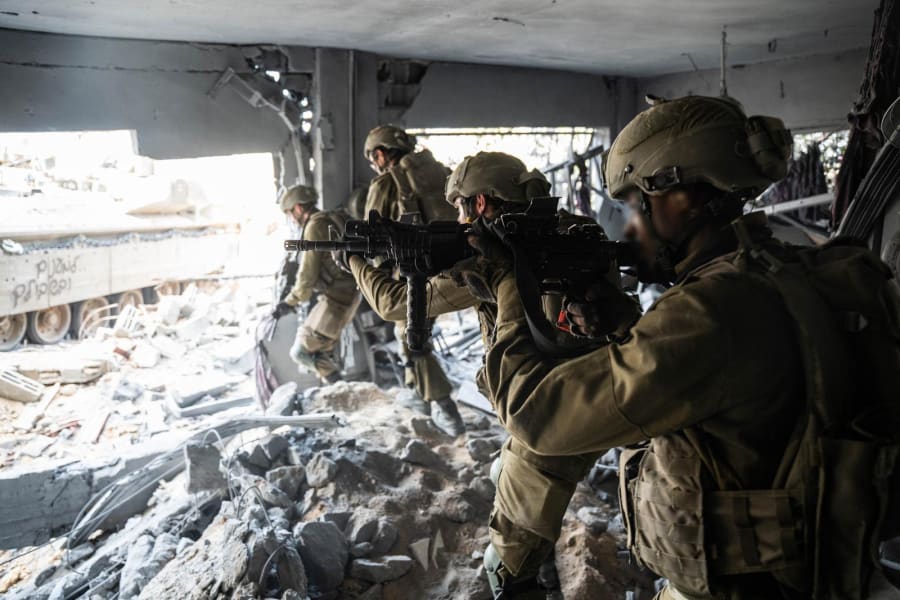
While there are approximately 138 people believed to still be held hostage by Hamas terrorists and their accomplices in Gaza, the IDF and security officials reported they have no way to confirm how many of them are still alive.
Hamas leaders have provided conflicting information about the hostages and have made minimal efforts to bring in International Red Cross workers to ensure the safety and proper medical treatment of hostages.
Israel - South | |||
Rockets | 10,500+ Rockets launched at Israel Over 2,000 Red Alert sirens, with over 400 in the north | 11% of rockets fall into Gaza Strip | Iron Dome: The IDF has not released numbers of interceptions |
Deaths/Injuries | 1,200+ Israelis killed in conflict since Oct. 7 | 411 IDF soldiers killed (Civilians make up 68% of all deaths) | 10,040 injured |
Displaced people | Approx. 126,000 displaced people in Israel | 42 towns evacuated near northern border | 26 towns evacuated near southern border |
Gaza | |||
Terror Targets struck by IDF 20,000+ | 800+ Terror tunnels found, 500+ destroyed | ||
Deaths/Injuries | 5,000+ Terrorists killed (IDF estimate) | 16,300 Gazans killed (Hamas-controlled Gaza Health Ministry - includes terrorists killed) | 43,000+ people injured |
Humanitarian aid | 28 million liters of water per day provided by Israel | 130,000 liters of diesel fuel (humanitarian aid) | 2,900 humanitarian aid trucks since start of war |
Since the fighting resumed following the temporary ceasefire during the hostage deal, the Israeli military has increasingly turned its focus toward the southern Gaza Strip and the Hamas stronghold of Khan Younis, where many Hamas leaders have homes and command centers.
On Wednesday, the IDF announced its forces had surrounded the house of Hamas’ military leader Yahya Sinwar as they attempted to locate Hamas leaders and Israeli captives.
Israeli troops' entry into Khan Younis comes just as the Jewish people are about to light the first candle of the 8-day celebration of Hanukkah, which commemorates the victory of the Maccabean rebels against the Seleucid Greek armies, driving them out of Jerusalem and most of Judea.

The All Israel News Staff is a team of journalists in Israel.













